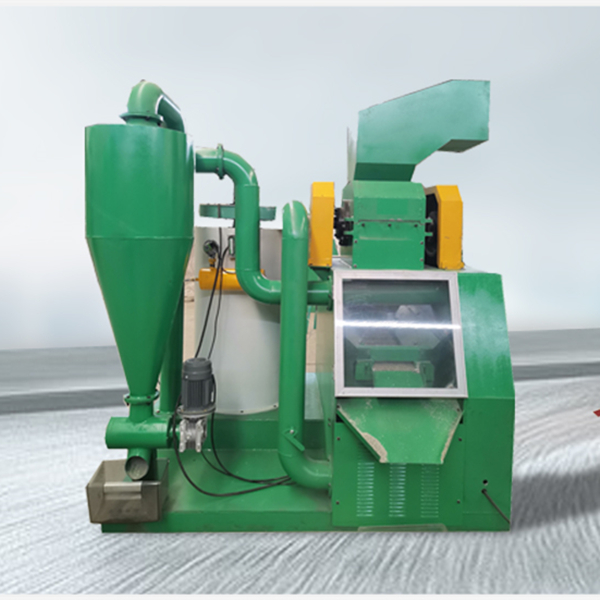

ऑक्टोबर . 30, 2024 18:21 Back to list
Understanding Eddy Current Separators How They Work
Eddy current separators are advanced industrial devices utilized for the separation of non-ferrous metals from other materials. These machines are increasingly important in recycling and waste management, helping to enhance material recovery rates while reducing environmental impact. Understanding how these separators work can shed light on their role in modern recycling processes.
At the heart of the eddy current separator's function is the principle of electromagnetic induction. The machine consists of a conveyor belt that transports the mixed material. As the belt moves, material enters the separator where it is exposed to a rotating magnetic field generated by a spinning rotor. This rotor contains powerful magnets that create a dynamic magnetic field, one of the key components of the separator.
Understanding Eddy Current Separators How They Work
The presence of these eddy currents produces their own magnetic fields that oppose the original magnetic field created by the rotor. The interaction between these two magnetic fields generates a repulsive force. Non-ferrous metals, influenced by this force, are effectively propelled away from the main material stream. This separation occurs at high speeds and efficiently sorts non-ferrous metals from a mixture of other waste materials, such as plastics, wood, and ferrous metals.

One of the major advantages of eddy current separators is their ability to handle a wide array of materials, making them versatile tools in various recycling applications. For instance, they are commonly used to recover aluminum from shredded vehicles, wheel rims, electronics, and even construction debris. As environmental regulations tighten globally, the role of such technology in recovering valuable resources and reducing landfill waste is more critical than ever.
Moreover, the design of eddy current separators allows for the adjustment of settings, such as rotor speed and belt speed, which can be tailored to optimize the separation process for different materials and conditions. Operators can fine-tune these parameters to maximize recovery rates and efficiency, ensuring that the maximum amount of valuable materials is captured.
Eddy current separators not only enhance recycling efforts but also contribute to a more sustainable economy. By facilitating the recovery and reuse of non-ferrous metals, these separators play a significant role in reducing the demand for virgin resources and lowering the energy consumption associated with metal production. This is particularly relevant in the context of growing concerns around resource scarcity and the environmental impact of mining activities.
In conclusion, eddy current separators are vital equipment in the recycling industry, operating on the sophisticated principles of electromagnetic induction and eddy currents. Their ability to efficiently isolate non-ferrous metals from various waste streams not only boosts recycling efficiency but also supports sustainable practices. As technology continues to evolve, the effectiveness and application of eddy current separators will likely expand, further aiding the transition to a circular economy.
Latest news
Troubleshooting Common Eddy Separator Problems
NewsJul.04,2025
The Role of Metal Recycling Plants in Circular Economy
NewsJul.04,2025
The Impact of Recycling Line Pickers on Waste Management Costs
NewsJul.04,2025
Safety Features Every Metal Shredder Should Have
NewsJul.04,2025
How Industrial Shredders Improve Waste Management Systems
NewsJul.04,2025
How Cable Granulators Contribute to Sustainable Recycling
NewsJul.04,2025